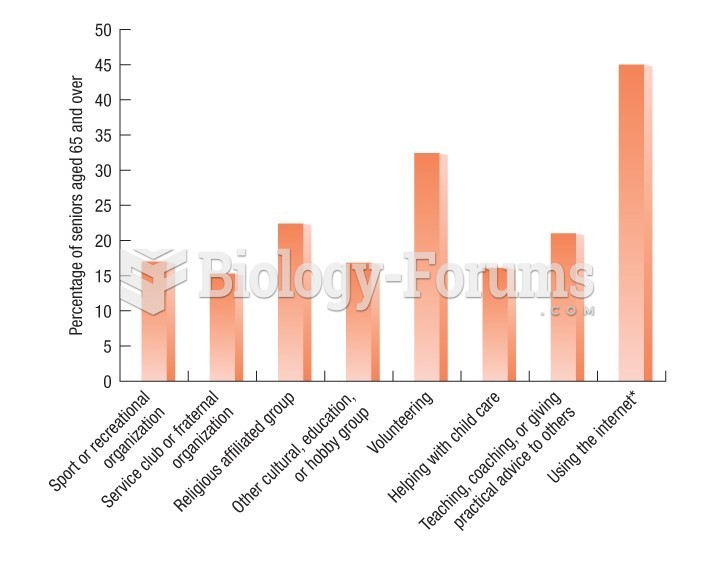Answer to Question 1
According to the job characteristics model, three types of individual differences affect motivation. These include the worker's growth-need strength, level of knowledge and skills, and satisfaction with the work content.
Growth-need strength is the extent to which a worker wants work to contribute to personal growth, learning, and development. The relationships between the core dimensions of the job and the related psychological states and between the psychological states and work outcomes are both stronger when individuals want their jobs to contribute to personal growth. These individuals will be more responsive to increased levels in the core dimensions and the critical psychological states than will individuals who are not interested in having work contribute to personal growth.
The individual worker's knowledge and skills will also affect the motivational level of the job. The linkage between the core job dimensions, psychological states, and outcomes are less for someone who lacks the knowledge or skill to perform the job adequately. That person may be struggling to perform the job; therefore, he or she may become frustrated by efforts to increase motivation. Those with the needed skills and abilities will be more open to motivational efforts.
Satisfaction with the work context is another individual element. It describes how satisfied workers are with the extrinsic outcomes of the position, such as pay, benefits, and job security. Workers who are dissatisfied with extrinsic outcomes or the work context are not able to appreciate or respond to the potential for intrinsic motivation in their jobs.
Answer to Question 2
TRUE







